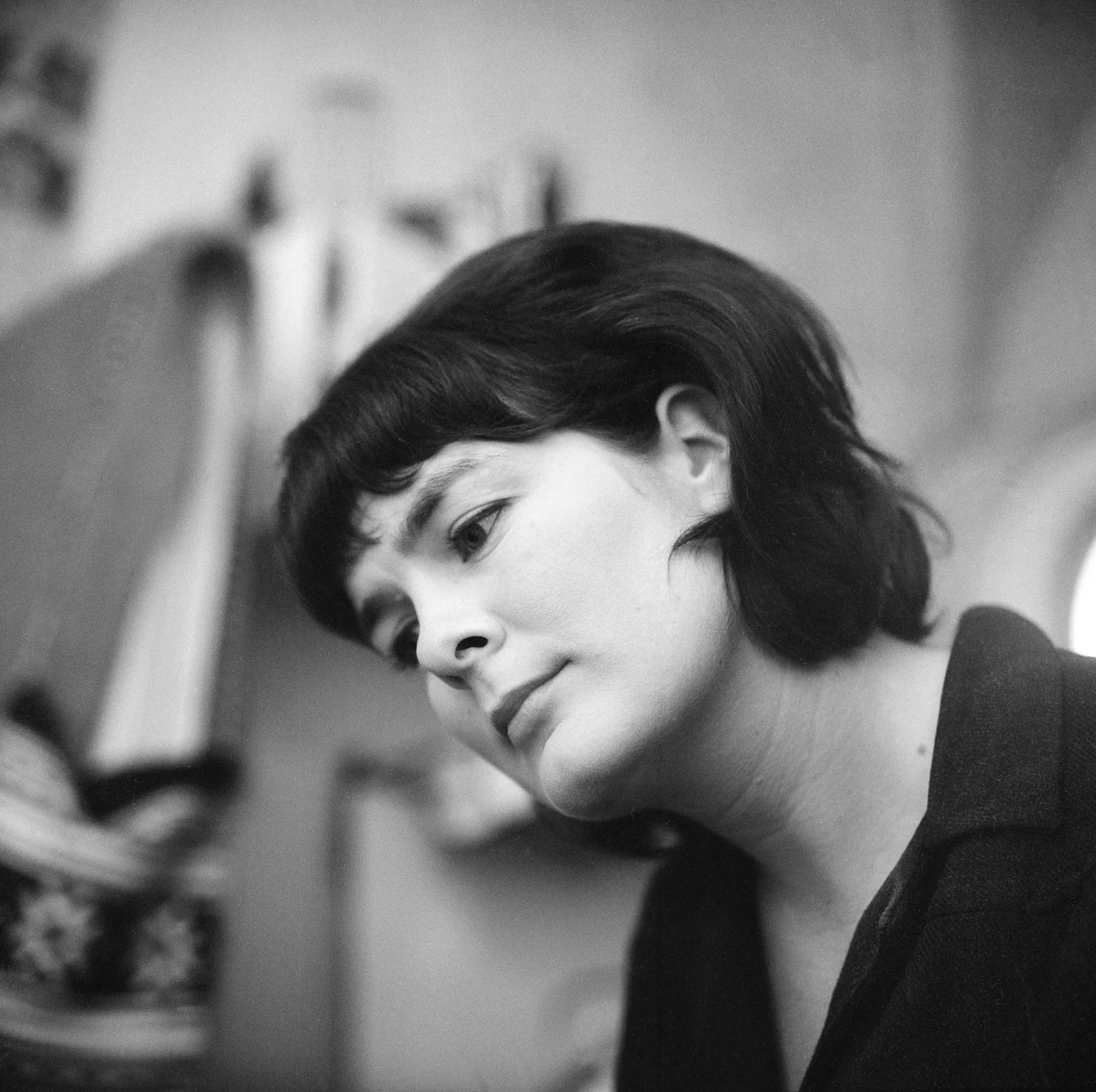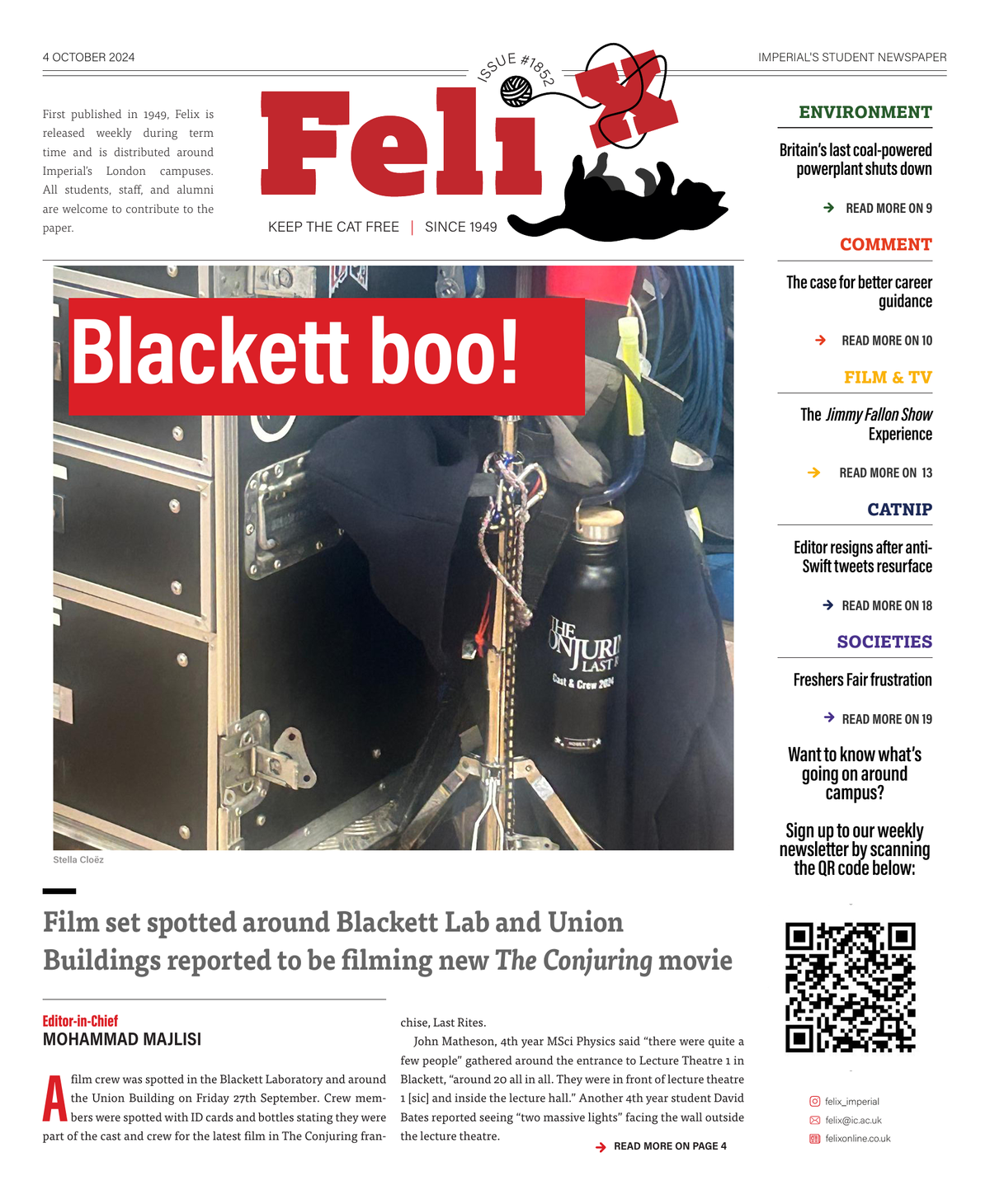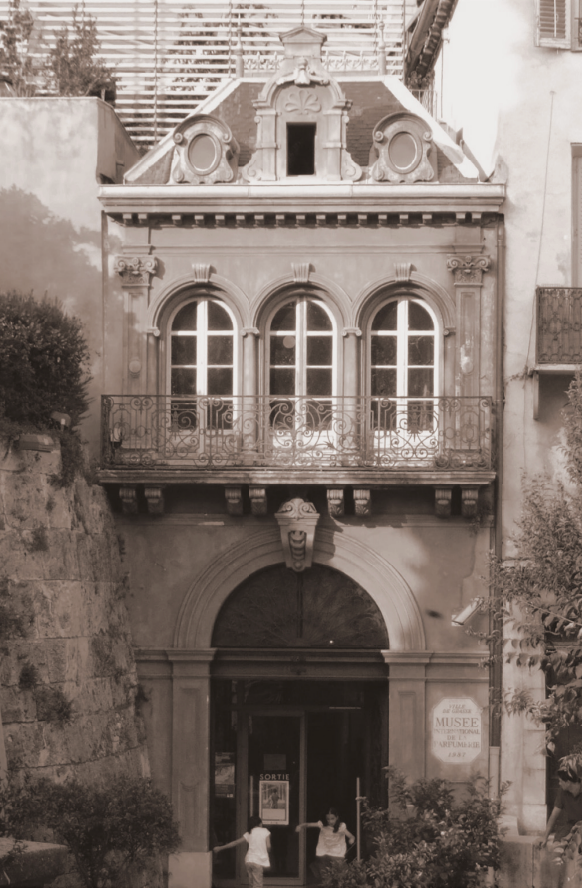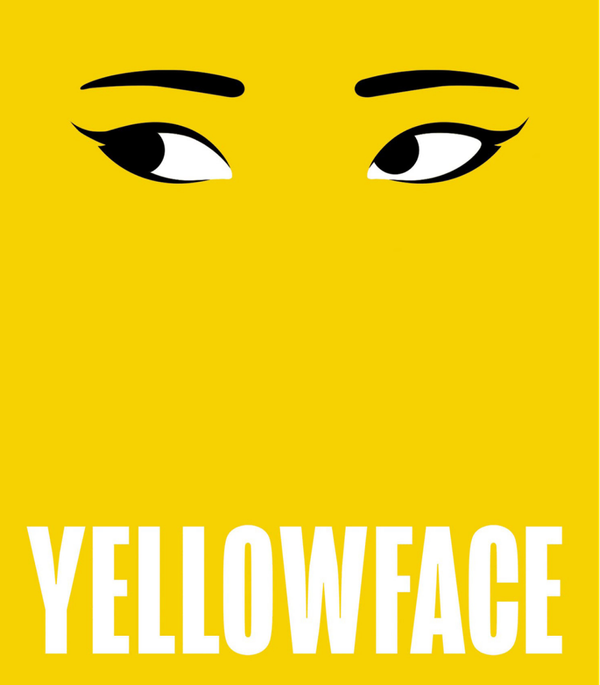Review: Tripticks by Ann Quin
Daniel unpacks the absurdity and experimental storytelling of Ann Quin’s surreal novel Tripticks.
I finished Tripticks late at night, with a glass of strong whiskey in hand while my father expounded to me about a mysterious methanol poisoning of some old Antarctican physicist. The whiskey was delicious, and this strange division of attention felt right for a novel closer to a pop-art collage than traditional literature. The book was grotesque, deeply confusing, and at times made me laugh out loud for minutes on end.
Ann Quin was an experimental English writer in the sixties and early seventies. She was often depressed, usually stoned, and died by suicide off Brighton pier in 1973. Most of her stories concern a certain grim post-war miasma that hung low upon Britain during her lifetime; in Tripticks, she takes a jaunt across the pond to a radically different environment. Quin presents a vast, hallucinatory USA, drowning in excess: all golden deserts, white McMansions, and wild, hedonistic terror.

Quin was writing in reaction to the ‘peace and love’ hippie naiveté of the sixties. She cordially despised Jack Kerouac’s similar novel On The Road, mainly because of its zen, happy ending. In Tripticks she attempts to record the hypocrisy and frivolity of that era – not from a conservative standpoint, but from one of sober, progressive disgust. Notably, there are no working-class characters in Tripticks. The tortured men and women who criss-cross America (finding brief Life’s Callings in cult orgies, Freudian analysis, commercial religion, appropriation of native ritual, etc.) are universally upper-class drifters with Cadillac-driving fathers and sky-blue swimming pools. At no point on this caustic Odyssey does anyone run out of money.
The story is presented as a prose-poem, bouncing quickly between images, from memory to experience to premonition. The protagonist’s thoughts are often indistinguishable from commercial slogans and snippets of TV-speak, in a way that reminded me of Don DeLillo or some New Wave sci-fi. The core narrative — as far as I could extract it — is about a man being pursued by, or perhaps pursuing, his “No. 1 X-Wife” and her new “schoolboy gigolo” of a lover. Large chunks of the book, though, are fragmentary flashbacks to the protagonist’s lives with ex-wives one through three, and all the violent and incestuous degeneration those lives were painted with. Tripticks is a road trip, but also a bundle of letters, a Sears catalogue, and a sharp but stifled scream.
Like Anna Kavan’s Ice, this is also an early feminist text with no explicit female perspective. The main character is cruel and hyperactive, viewing all women in terms of their sexual potential and all men in terms of sexual rivalry. The women themselves are presented as superficial, scheming, and universally promiscuous. Sex in this book is more a matter of desperate, depraved one-upmanship than anything else, with new fetishes described in the same tone as novel features in the ex-wife’s gleaming automobiles. Still, Quin was a staunch feminist. She seems to be taking aim both at chauvinistic life-lenses and at the kind of abstracted, white, capitalist feminism that was prominent at the time. She saw this as altogether too divorced from the material conditions of real women under bondage. I can’t claim to be an expert on this field of thought, but it was definitely an interesting read.
Experimental, frenetic, and darkly comedic, Tripticks is a great book for anyone plumbing the stranger byroads of British literature. If you’re ever on a long ride across the American southwest, consider thumbing through this to pass the hours — and don’t trust anyone with a name like “Nightripper”. It’s a red flag.









